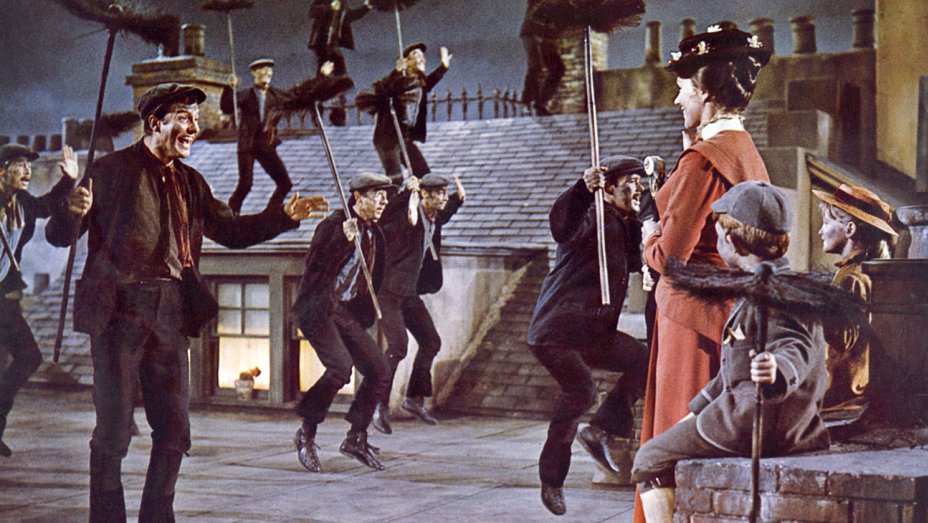Swift vs. Sweep: The Eternal Battle
It’s barely the beginning of daybreak at the New England manor home of the American Institute for Economic Research. I’m awakened by a flutter, scrape, and a jumble of bird chirps, coming from somewhere vaguely over there.
Back to sleep. A few minutes later, it repeats itself. The birds don’t have a song. It’s more of a quick and exultant announcement that comes and goes in a few seconds before resting again for a random bit of time before starting over again.
Where are they? Outside? In the attic?
On the first day, it was charming. Less so on the second and third. By the fourth day, it was on the verge of being intolerable so I reported the disturbance to the caretakers of the home. A few hours later, following a careful investigation, the diagnosis was presented to me with great elan: “The fireplace in your room has a problem with chimney swifts.”
The Fix
Somehow it seemed like the right problem for this house to have. It was built in the old English manor Cotswold style, a huge stone house built as an extension of the original property constructed in the interwar years from financial resources accumulated as far back as the Gilded Age. That’s America’s version of what was called late Victorian in England, a time when chimney cleaning became a huge and wonderful industry with its own culture, economic impact, and sartorial style.
My immediate hope was that someone would hire a chimney sweep and that he would arrive in top hat and suit, carrying a brush on a stick, and that he would look like a character from the musical Oliver or Mary Poppins. Please let it be so!
The maintenance masters, however, had other plans. The eternal battle between sweep and swift would take place with modern technology. There is a machine with a high-pitched tone designed to drive the birds away. It was installed. So far it seems like the birds absolutely love it. Maybe there is hope for a chimney sweep after all. More likely, I’m guessing, a fire will be lit in the fireplace and that will be the end of the problem.
The Meaning of the Sweep
Still, the entire incident got me thinking about the industry of chimney sweeping and its place in history. Why do images of sweeps figure so large in our cultural imaginations?
It didn’t take long to discover a rich and amazing history.
Chimney sweeps are associated with three great things: wealth, good luck, and sartorial elegance. There is a reason for all three.
Great Innovations

As people moved to the city to pursue new opportunities, houses began to be built closer together, each abode having its own fireplace, forming neighborhoods with beautiful skylines of chimneys. By the 18th century, England and Germany (the most prosperous of the Industrial Revolution), had large industries devoted to the cleaning of these chimneys.
To be sure, the necessity of cleaning them involves a storied history of child labor here. As everyone knows, the largest cities had large orphan populations, and their ubiquitous presence became a source of pathos among reformers of all sorts. But what is not often noted is that in past centuries, these people might not have been around at all, simply because they would not have been able to travel, find shelter, or live off the food and clothing that other people threw away. That was never possible before in history!
What the eye saw – and many writers documented it – was thousands of poor orphans living in the streets or finding protection under businessmen who gave them food and shelter in exchange for work such as chimney sweeping. What the eye does not see is what would have been the poverty and early death for these very people in previous ages. What looks like signs of poverty are actually signs of rising wealth.
When you look at the details, and the sad lives of children who did this work, condemned by William Blake in his 18th-century poem, it does indeed look indefensibly grim. Children as young as 6 were dropped into tiny tunnels filled with soot, shimmying down naked while carrying a brush, scrapping up their elbows and knees, and falling down the other side into the fireplace. The goal was to do this 5 to 6 times per day, marketing their services by shouting “soot-oh sweep!” all over town, in exchange for which the orphans received food and shelter. Sometimes they got stuck. Sometimes they died in service of the people.
So, yes, of course we are all against this. And yet the efforts to ban the practice, which were spectacularly unsuccessful from the earliest attempt in 1788, lacked that one critical thing: a better option. Where were these orphan sweeps going to go if they lost their jobs? They didn’t have home, parents, or income. They would have lived on the streets and exposed to even worse dangers. The do-gooders and their pieties were never able to generate a good answer to that critical question.
Good Luck!
Second, luck. One story, which is probably apocryphal, is that a chimney sweep in the late Middle Ages in England pushed the King out of the way of a runaway horse and 
Top Hats
Third, sartorial style. This story again involves a 12th-century English king saved by a chimney sweep, who calmed a scared horse. The King not only declared sweeps to be lucky but also declared that they should be permitted to dress as nobles. In later centuries, the permission to dress up was embodied in top hats and tails.
In the 18th and 19th centuries, this was a glorious mark of pride, which also helped recruit boys into the profession. My goodness, you can dress like a king, or at least like Prince Albert, who was responsible for popularizing the top hat.
In these times, clothing marked your class, birth, and station. It took centuries for capitalism to break down these class barriers, to get to the point where we are today when anyone can wear anything. Back in the day, to be permissioned to dress like the upper class was glorious. The chimney sweepers gained this privilege.
The Past and Future
There’s something about the physical experience of a spot like Cotswold Cottage at the American Institute for Economic Research that connects you to the deep past, in all its tribulations and struggle for progress, but also points to a brilliant future. Sometimes we need experiences like this to cause reflection of where we’ve been and where we are going in the forward motion of time, all while experiencing the truly permanent things, like the never-ending battle between the swifts and the sweeps.
We’ll win this one.











